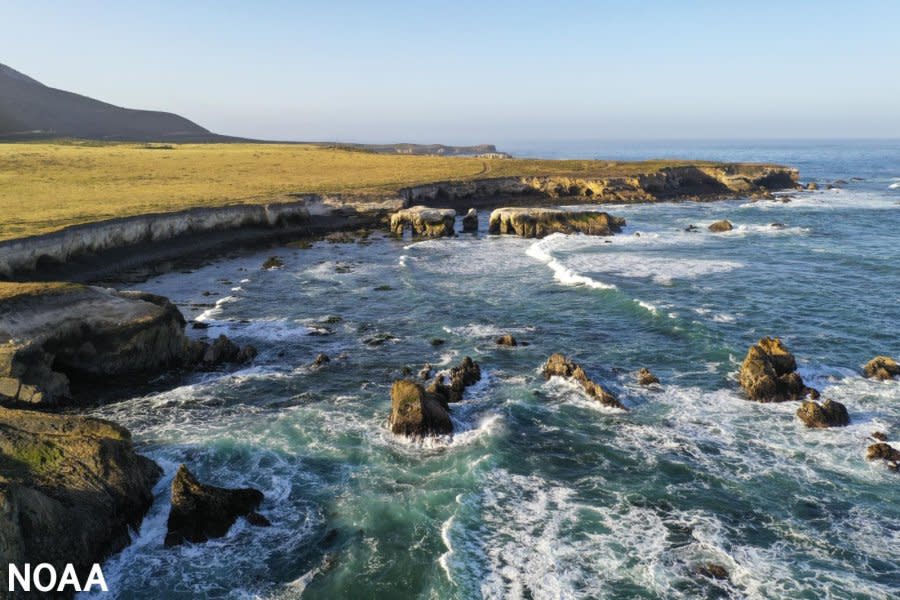Tribal nations help guide proposal for new Pacific Ocean marine sanctuary

- Oops!Something went wrong.Please try again later.
Aug. 24 (UPI) -- The National Oceanic and Atmospheric Administration on Thursday released a Biden-Harris administration proposal to create a new 5,617-square-mile Chumash Heritage National Marine Sanctuary offshore of San Luis Obispo and Santa Barbara counties in central California.
The proposal is the first Indigenous-led nomination for a national marine sanctuary. It comes after input from tribal nations, state and federal agencies, indigenous communities and the general public.
"NOAA proposes a framework for tribal and Indigenous collaborative management that would integrate tribal and Indigenous perspectives from the community into the stewardship of key areas and cultural priorities," NOAA said in a statement. "Tribal and Indigenous community members would have opportunities to join in sanctuary decision-making processes and cultural programming through the sanctuary's advisory council, working groups of the advisory council, a new Intergovernmental Policy Council, and joint project agreements."
It's part of the administration's America The Beautiful Initiative to conserve and restore 30% of U.S. lands and waters by 2030.
"Since taking office, President Biden has launched the most ambitious climate and conservation agenda in history. As part of this historic commitment, the Biden-Harris Administration is advancing collaborative conservation and collaborative management, and prioritizing the input and insight of tribal leaders during the development of this sanctuary proposal," said U.S Secretary of Commerce Gina Raimondo in a statement.
The Chumash Heritage National Marine Sanctuary would extend 134 miles along the California coast from Hazard Canyon Reef, south of Morro Bay to just south of Dos Pueblos Canyon.
Creating the sanctuary would protect ecosystems, cultural sites, marine life and archaeological sites within the designated area.
The Chumash tribe has a 9,000-year history. They are part of a coalition that has worked for decades to create the sanctuary.
Public commentary on the marine sanctuary proposal will continue through Oct. 25 via the Federal eRulemaking Portal.

